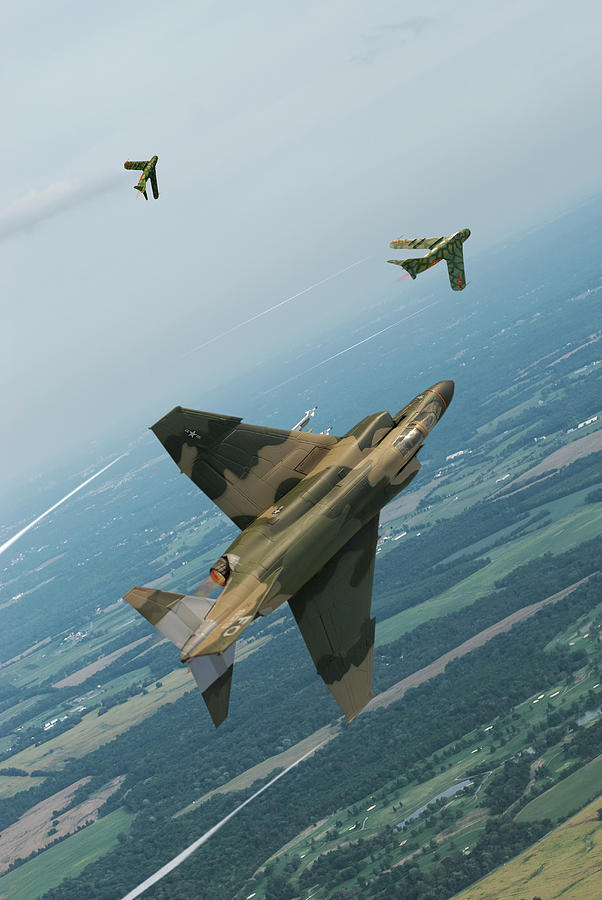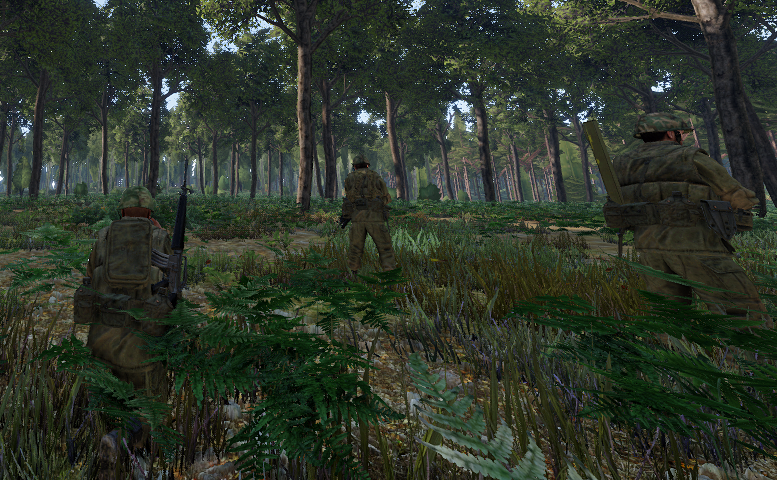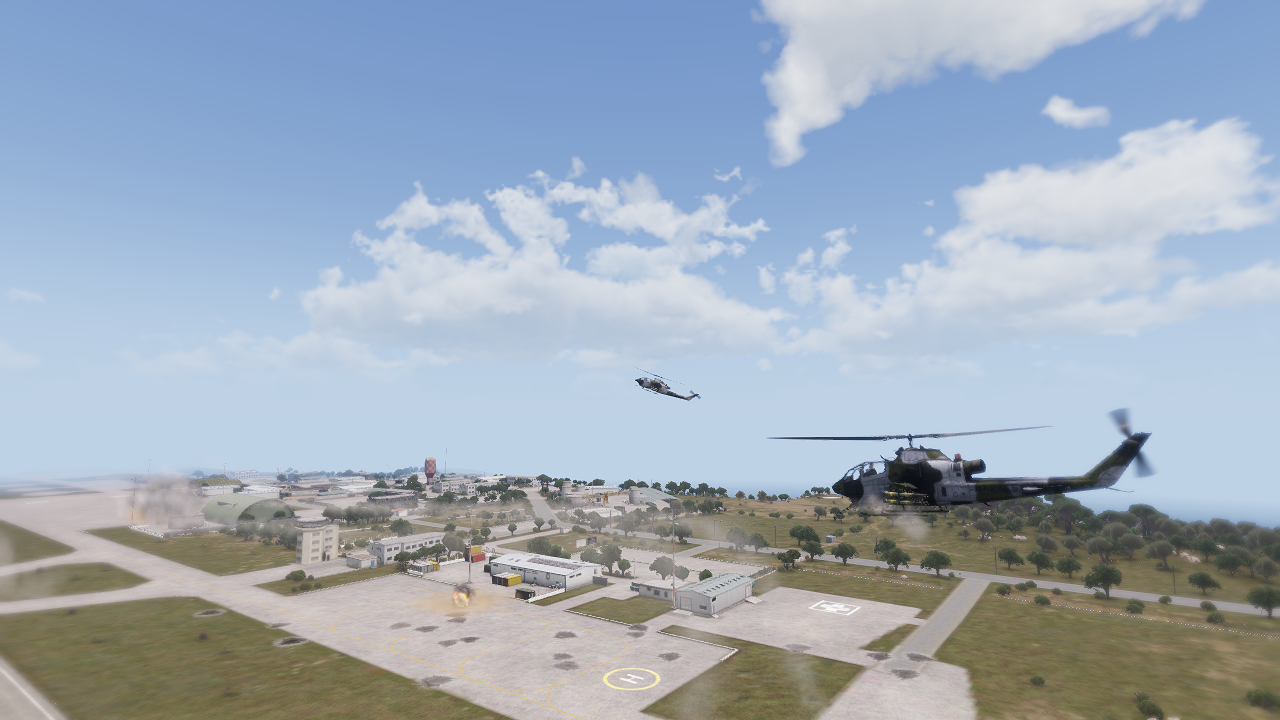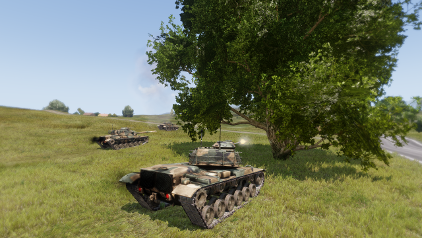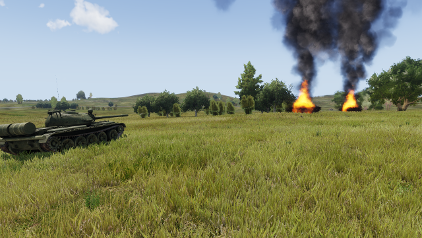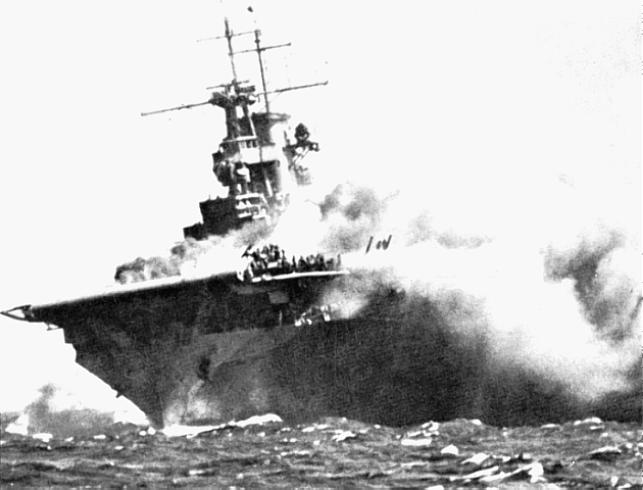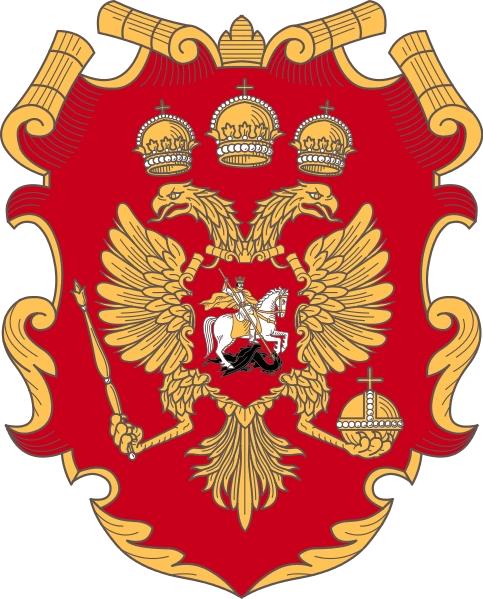Comrade Harps
(this all 'Legends' - it might be part of his story, might not)
One of the very first Grumman XP-74A Bobcat sent to the RAF for evaluation, mid-1943
As Grumman build their Spitfires (designated P-50) in the American Shadow Factories with the help of Supermarine in the UK, they would in parallel, start development of a more advanced version with laminar wings and a packard-built Griffon engine as XP-74. Been ahead of the British planned Supermarine Spiteful, it would lead to its cancellation and more of its resources would be spread on others projects*. Meanwhile, the USAAF would accept the new fighter as the P-74A Bobcat, and they would fly over European skies in January 1944.
7,591 Bobcats (of which about 4,773 were kept in US service) were produced until the end of their production in August 1945. There where two reasons for early cancellation of the Bobcat while the US was still at war against the Japanese:
- Pressure from the US Navy to subcontract the manufacture of the Spitcat to Kaiser company (which lead to the cancellation of the B-27 Wellington), and the preference of the P-50 over the P-74.
- Dislike of USAAF pilots of the "Americanized" Spitfires compared to the more truly US-built fighters, like the Thunderbolt, Mustang, Corsairs, etc (In fact, many saw the Bobcat as a waste of resources).
Therefore, it only saw limited service in the frontlines in Europe (in a ironic twist, it was the most common USAAF fighter present in the Allied occupation of Western Austria from 1944 to 1946). Of the remaining 2,818 aircrafts, 100 each were sent to Lend Lease to both the Free France and Mexico (France been the biggest operator in Europe and Mexico in the Pacific), 45 sent to Venezuela (only for home defense - supplementing the P-40K's and replacing the still existing Boeing P-34Cs and Gloster Gladiators) and the remaining sent to the Socialist Union, were they were mostly used as interceptors.
Kaiser, while it did not built another Bobcat for the USAAF (and Lend Lease), modified its airframe for naval use as the XKF-1 Rapier (as it was unable to use the Bobcat name). The reason for the development of this fighter was that after Operation Titan (the UN invasion of Japanese Southern Korea), the USN became aware of the Japanese development of both rocket and jet-powered interceptors and "special attack" (kamikaze) aircrafts. To counter such threats, initially, they bought P-80 Shootings Stars for rthe USMC (with the TO-1 designation). But these were land-based fighters and the Navy still didn't possessed carrier-based jet fighters in time for Operation Coronet (but they refused to buy British-made De Havilland Sea Vampires). After an evaluation with all fighters available (both newest USN and USAAF), the navalised Bobcat (Rapier) was choosen, even though Kaiser never built carrier-capable aircraft before, but still, they have enoughs pros: design came from Grumman (with an airframe stressed to typical Grumman "Iron Works" standards), highest speed and rate of climb from a supplier with a proven track record (in ship building) at completing projects ahead of schedule and on budget. Therefore, 500 were ordered to Kaiser to be built, and by the time of VJ, it failed the objective by 13 aircrafts (with 487 built). Of these 18 were photo-recon KF-1P and 36 were nightfighting KF-1N.
Eight variants were built (Five from Grumman, three from Kaiser):
- P-74A - Fighter-Bomber
- P-74B - Nightfighter version of A with APS-4 ASH radar (attached to the wing in a similar way to the USN Corsairs and Hellcats), plus more powerful engines, a small fin fillet, more internal and external fuel (from a Hellcat-style central drop tank) and four 20mm cannons replacing the six .50 Machine Guns.
- P-74C - Fighter-Bomber
- P-74D - Nightfighter version of C with same modifications as B, excluding the radar, in which it was replaced by an APS-6.
- XP-74E - Fighter-Bomber with P-51-style ventral cooling system, taller fin, larger fin fillet and contra-rotaing propellers (two built)
- FK-1 Rapier - Navalised version
- FK-1P - Photo-reconnaissance version of FK-1
- FK-1N - Nightfighter version of FK-1
258 nightfighters of the P-74 were built as a interim, while the P-61 program was running into dificultines, while not enough P-73 Beaufighters were been built. All but the S.U. also received this version.
*This would include excellent projects, such as the Hawker Typhoons and Tempests and Gloster Meteors, but also to some questinable, such as fighter-bombers versions of Boulton-Paul Defiant (lucky, as send to the Socialist Union in Lend Lease)
The 'American Scouts' of the South African 1st Infantry Division, with a trophy from East Africa.
While the Eagle Squadrons were gaining fame in the skies over Europe, other military personnel from other branches also wanted to fight against fascism. While many wanted to join either the British or Canadian units in Europe (it was even proposed to form the 60th Infantry Regiment, taking inspiration from the 18th century 60th (Roayl American) Regiment), their lack of actions lead many Americans to instead request transfer to the South African Army.
South Africa was taken somehow by suprise with the swelling of foreign volunteers from neutral nations, but instead of shooting down their spirit of fighting, they instead ressurected former Boer volunteers units, plus formed new units, to cope with the new arrivals, such as:
- Scandinavian Corps* - Mostly Swedish, with Finnish that refused to co-operate with the Axis after June 1941 (Company size) - attached to 2nd Infantry Division
- American Scouts - Disbanded on 1st January 1942 (Company size) - attached to 1st Infantry Division
- White Russian Corps** - Grew in size with Baltic escapees after said nations joined the war on the Axis side (Company, later battalion size) - attached to 1st African Division
- Portuguese Battalion - Mostly from either Portuguese Angola or Portuguese Mozambique (Battalion size) - attached to 1st African Division, later transfered to 7th Motorised Brigade
- Garibaldi Legion - Anti-Fascist Italians, only force that didn't saw combat in Africa, disbanded after Italian Capitulation (Company size) - attached to 1st Infantry Division, later transfered to 4th Infantry Division***
- Greek Battalion - with a echelon of Armenian, formed in August 1941 (Battalion size) - attaced to 2nd Infantry Division, transfered to 1st after Garibaldi Legion got disbanded.
(all also got transfered to the 3rd Infantry Division at some point for rest)
All units fought with extreme bravery wherenever they were sent to the frontline, participating in nearly all battles excluding the Northwest European Campaign, and were are one with the most interessing notes.
- The 'Scadinavian Corps' was one of the units that got stuck in the 2nd Siege of Tobruk, fighting against the Bulgarian Desert Expedition, and were one the units kept in West Austria after the August Ceasefire.
- The 'American Scouts' fought from East African Campaign up to Operation Crusader, got disbanded on the first day of 1942, but still was attached to the 4th ID.
- The 'WRC' was heavilly mauled with Rommel second push until its final stop at Mersa Matruh.
- The 'Portuguese Battalion' was the only foreign unit involved in the invasion of Madagascar
- The 'Garibaldi Legion' was the only SA unit that never enganged in Africa, been kept for guard duties, or send to secondary fronts, like in Operation Exporter (Syria-Lebanon Campiagn), but later agreed to be transfer to the 4th Infantry Division and nearly got mauled. After the Italian Capitulation, they agree to disband and to be transfered to the Italian Co-Belligerent Army.
- The 'Greek Battalion' also got stuck in the 2nd Siege of Tobruk, and were the first unit to have ground contact wit friendly forces during Rommel rout.
*Sidenote: Refused to join the RAF, Carl Gustaf von Rosen (an Swedish-born pilot, nephew of Carin Göring, second wife of Hermann Göring!) would instead join the SAAF and once again fight against the Italians in both African campaigns, flying twin-engined bombers. Unlike many of the white personnel, he actually cared about both the natives and the others races that he faced, threat them with respect and with a friendly tome. In fact, he was the only SA envoy to help the Ethiopians to establish their own Ethiopian Expeditionary Fighter Squadron.
** The White Russian comunity had one of the most confused backgrounds from 1939-1946, with military forces in the Axis/Berlin Pact (Europe), Axis/Greater East Asia Co-Prosperity Alliance (or GEACPA - Pacific - formed after the August Ceasefire) and in the Western Allies (many in SA, but also individuals in other forces)
***With the Japanese Campaign, South Africa had to send forces to help stop their advance in South East Asia. Both the Garibaldi Legion and the American Scouts (form into the 'independent' 78 Infantry Company on the first day of 1942) were sent to stop hold the Burma Road. While they didnt stop their advance, they did hold all most of the units returned to India, losing a quarter of their men.
An M2A3 Light Tank during evaluation by the Yugoslavian delegation, early 1939.
The Kingdom of Yugoslavia, like many other European nations, were seen the storms of war aproaching, and like many others European nations, they went on a shopping spree, trying to buy as many equipment as possible. They sucessefully bought (as examples, but not the entire list) two dozens of PZL P.24 fighters from Poland, an battalion worth of Renault R35's light tanks and even got the license to locally built Hawker Hurricanes and Bristol Blenheims, while their own indigenous IK-3 was also became rolling out of the factory. But still, it wasn't enough. Excluding the Dornier Do-17Ka's and a flight of Arados Ar 196L's, Germany wouldn't sell anything and the ones that did, its was heavily stalled, and the same thing happens with the rare Italians orders as well, with not a single SM.79S (S from Slavic - an bomber only variant) been delivered. Therefore, it was decided to cross the sea to expand their horizons.
In the US, they wouldn't be as disapointed as in Europe, as while in the Old Continent, it was new, but slow to arrive, it was the opposite in the Americas. Even so, as no other option (most of the equipment was to be used as interim), the Yugoslavian delegations began to search. Prior to the April War, the following had arrived to the Kingdom:
- 60 Brewster B-339F Buffalos (replaced most of the Fairey Fury fighters)
- 40 M2A3 Light Tanks (replaced most of mg-armed Renault FT tanks)
- 10 M2 Medium Tanks (not the M2A1, mind you! - used as command tanks for the M2A3 LT)
- 40 Northrop A-17 (USAAF surplus, not export version)
- 10 Beechcrafts 17 (as liason aircraft, replacing other aircraft in same rule)
- 10,000 small arms (including, but limited to: Enfields M1917, M1917 Lewis and Colt-Vickers M1915)
Even so, it wasn't enough to stop the Axis members from simple counquer the entire nation in a week, and many off the surviving American equipment was distributed between themselves (the only surviving B-339F Buffalos, for example was send to Finland). Other US equipment intended for Yugoslavia (such as Seversky P-35 and M2A4 Light Tanks) were instead acquired by the British, and as they view many of the equipment as outdated, kept most for training or colonial use. But with was with both French and Yugoslavian money that would help the US to become an juggernaut in arms, as many factories around the nation had to be built, plus contracts, plus jobs, to furfill both nations needs, so many in the United Nations would need to thanks those pockets for saving their skin.
